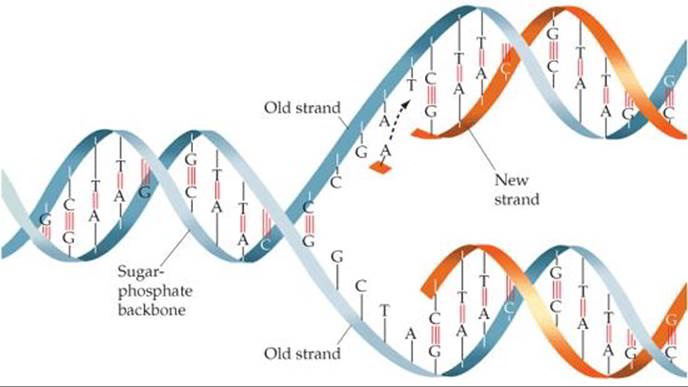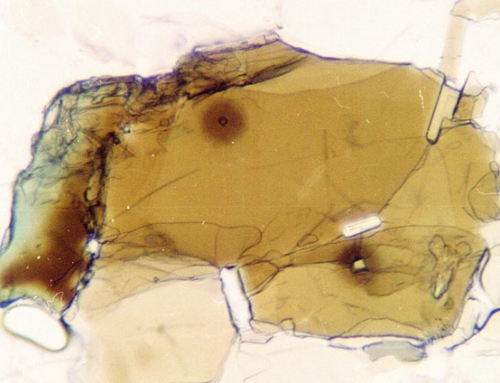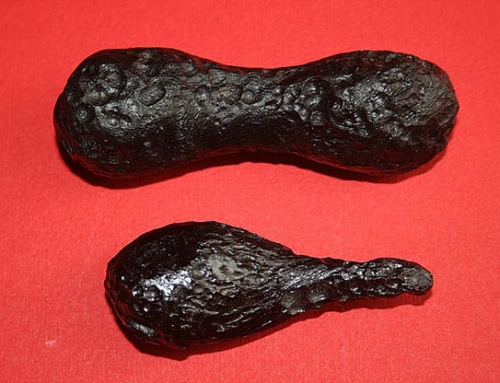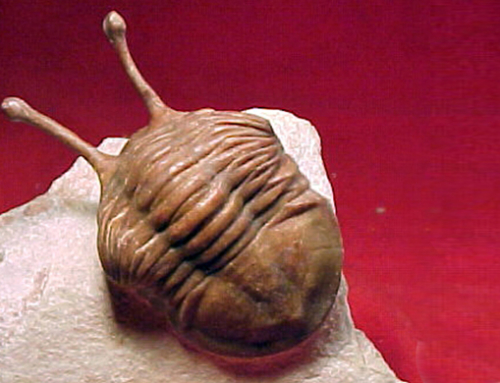The distinguished French zoologist, Pierre Grassé, wrote:
“Any living thing possesses an enormous amount of ‘intelligence’… Today, this ‘intelligence’ is called ‘information’, but it is still the same thing… This ‘intelligence’ is the sine qua non of life. If absent, no living being is imaginable. Where does it come from? This is a problem which concerns both biologists and philosophers, and, at present, science seems incapable of solving it”.1
Living cells
Molecular biology has revealed many of life’s secrets. One of these is that life is dependent on information. The cells of all living matter contain an active code which determines the nature of those cells and, collectively, the characteristics of the organism. They range in size between 1 and 100 microns (micrometers) and are only visible with the aid of a microscope. This code is stored in long molecules of DNA (deoxyribonucleic acid) in the cell nucleus of plants and animals. Bacterial cells have no nucleus, the DNA replicating in the cytoplasm.
- Animal, plant and bacterium cells.
DNA Code
DNA code forms the basis for generating sequences of amino acids in proteins and is stored in the form of a twisted ladder or double helix. It is formed of base pairs (the ladder rungs), attached to a sugar-phosphate backbone, which are made up of four chemical bases: adenine (A), guanine (G), cytosine (C), and thymine (T). The selection of any three of these bases, A, G, C or T, form the code which enables the genetic instruction to make, maintain and reproduce the organism concerned.
As the organism grows or reproduces, so new cells are formed, the double helix splitting and replicating so that normally identical DNA is formed. The other component in the process, RNA (Ribonucleic acid) is a single stranded molecule which acts as a messenger to control the synthesis of proteins. It may also carry genetic information in the case of some viruses.
- DNA double helix
- Diagram of DNA code replicating
All living organisms use the same ‘language’ of DNA but the resulting genetic code is not universal2 and the outcome may differ significantly from the standard code.3 The fact that they result from a common source is seen by some to support Darwinian evolution; others see it as evidence of a single intelligent source.
While it is possible to make a DNA-like molecule that can change its sequence, this is, as Professor Robert Shapiro comments, “still a long way from showing that complex molecules such as DNA or RNA could have formed spontaneously from simple chemicals”.4 Similarly, the recent announcement of a self-replicating synthetic bacterial cell 5 is not the creation of life. It involved the ability of a bacterium to reproduce while having a transplanted genome from another bacterium. But the arrangement of a code to convey an instruction does not result from a chemical reaction or some physical property. As Trevors & Abel point out:
“Even if RNA or DNA were inserted into a lifeless world, they would not contain any genetic instructions unless each nucleotide selection in the sequence was programmed for function. Even then, a predetermined communication system would have had to be in place for any message to be understood at the destination.”6
So neither matter nor energy generate information. A key question on the origin of life must be how this information originated.
Darwinian evolution, based on the idea of a universal common ancestor, is dependent on the creation of active genetic information in the first place and the provision of new information for new life-forms to evolve. There is no evidence for the generation of information from matter or energy; while existing genetic information may be duplicated, mutations have not been shown to produce new information. Michael Denton, who argues that the evidence for design in the universe is overwhelming, commented on Darwinian theory in his seminal work in 1984:
“That it is neither fully plausible, nor comprehensive, is deeply troubling. One might have expected that a theory of such cardinal importance, a theory that literally changed the world, would have been something more than metaphysics, something more than myth.”7








